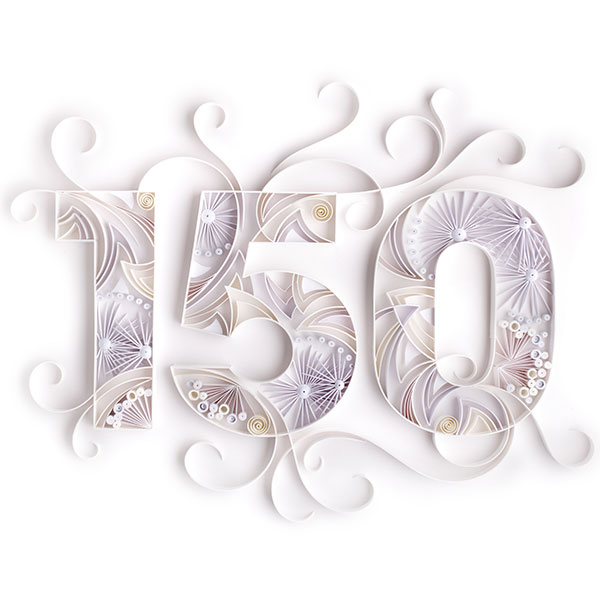
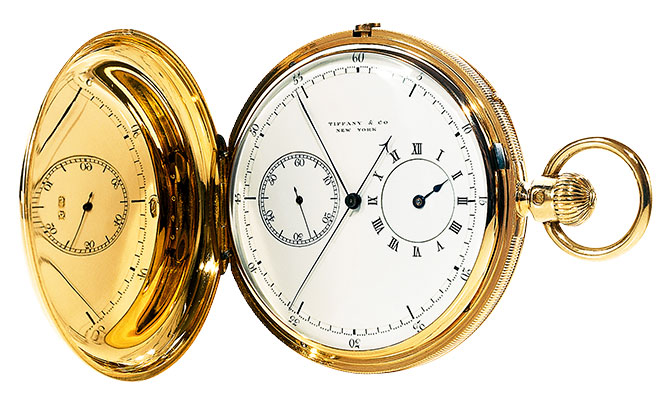
When JCK was founded in July 1869 as the monthly American Horological Journal, with offices at 229 Broadway in New York City (now the location of the Woolworth Building), it was the first publication of its kind. An 1873 merger with The Jewelers’ Circular positioned it to acquire or vanquish a host of rival publications to become, in 1935, The Jewelers’ Circular-Keystone. Not until the 1990s did that cumbersome title morph into the cryptic, three-letter moniker used today.
That’s the short version.
The long version begins, in earnest, with an Englishman named Daniel H. Hopkinson—for even though G.B. Miller founded the American Horological Journal, we owe our greatest debt to Hopkinson, founder of The Jewelers’ Circular. A proprietor “who championed right at all times, and vigorously denounced all frauds and shams,” he set out “to make the journal a leader in thought as well as instructive to those in the trade or about to enter it,” according to the editors of the magazine’s Feb. 5, 1919, golden anniversary edition. (Hopkinson didn’t live to celebrate the milestone; he died July 25, 1884, at the age of 44.)
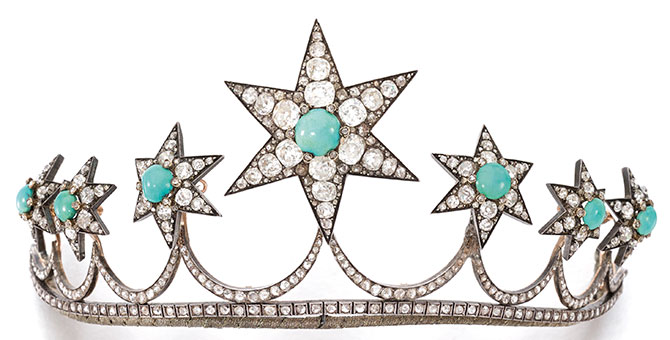
Since Hopkinson’s day, JCK—and its numerous forebears, all outlined above and on the following page—has covered the news of the American jewelry and watch trade with such devotion that it’s difficult to distinguish the publication’s history from that of the industry it covered. For all practical purposes, they are one and the same.
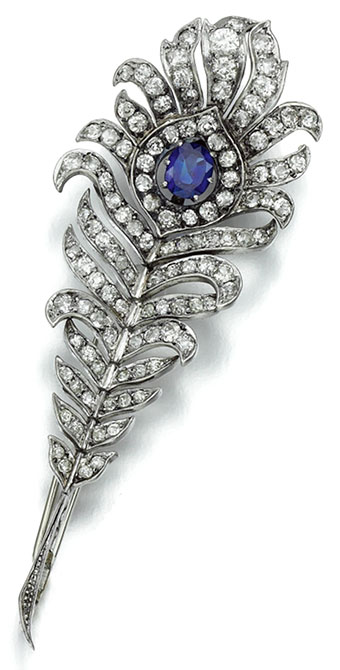
It is in that spirit that we’ve approached this special sesquicentennial issue—as a book-style tribute to a magazine and trade that have sustained each other for 150 years and counting. In these pages, you’ll find seven chapters, each devoted to a different category—Industry, Retail, Style, Diamonds, Bridal, Gemstones, and Innovation—and within each chapter, two or more articles covering topics that have occupied and preoccupied our readers for the better part of 15 decades.
Throughout the issue, we’ve included quotes from JCKs past, many of them surprisingly relevant today (see “Eternal Affairs” for some choice examples). We hope that, in reading them, you’ll feel a greater connection to generations of jewelers who came before, all of whom grappled, like you, with the nuances of selling a product that remains fundamentally different from other consumer goods. (We dare you to find a better convergence of beauty, value, and meaning.)
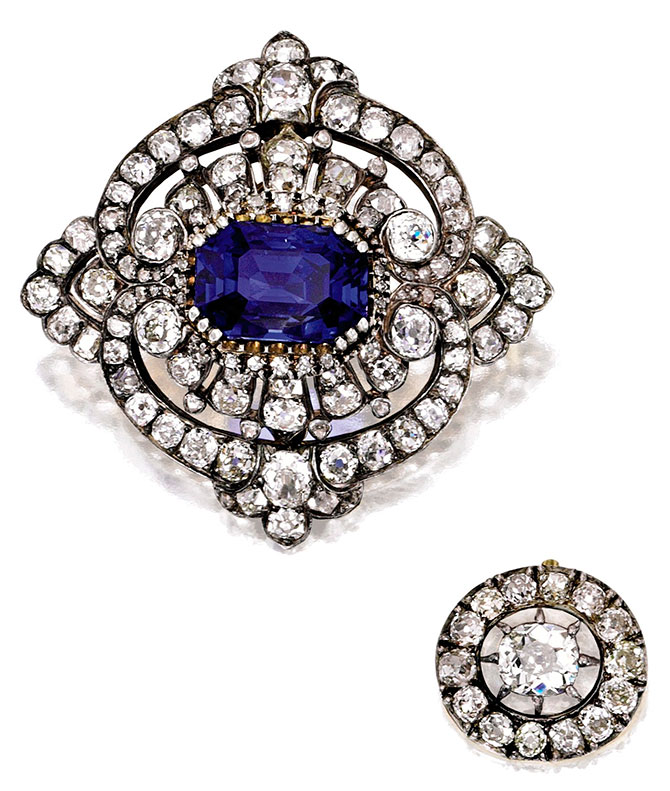
Yet it’s not the universal and timeless appeal of jewelry that concerns us; enough has been said on that front. Rather, we’re consumed by the business of jewelry, which is why, since 1869, members of the trade have looked to the pages of “the industry authority” for answers to their most pressing questions about how to sell. And in turn, we’ve looked to them for questions. A marriage of convenience? Sure. But undeniably, too, a marriage of love, built on a mutual passion for an industry like no other. Happy 150th, JCK! You’ve never looked better!
(150 artwork: Yulia Brodskaya; watch: © Tiffany & Co.; tiara and brooches: courtesy of Sotheby’s)
What’s in a Name?
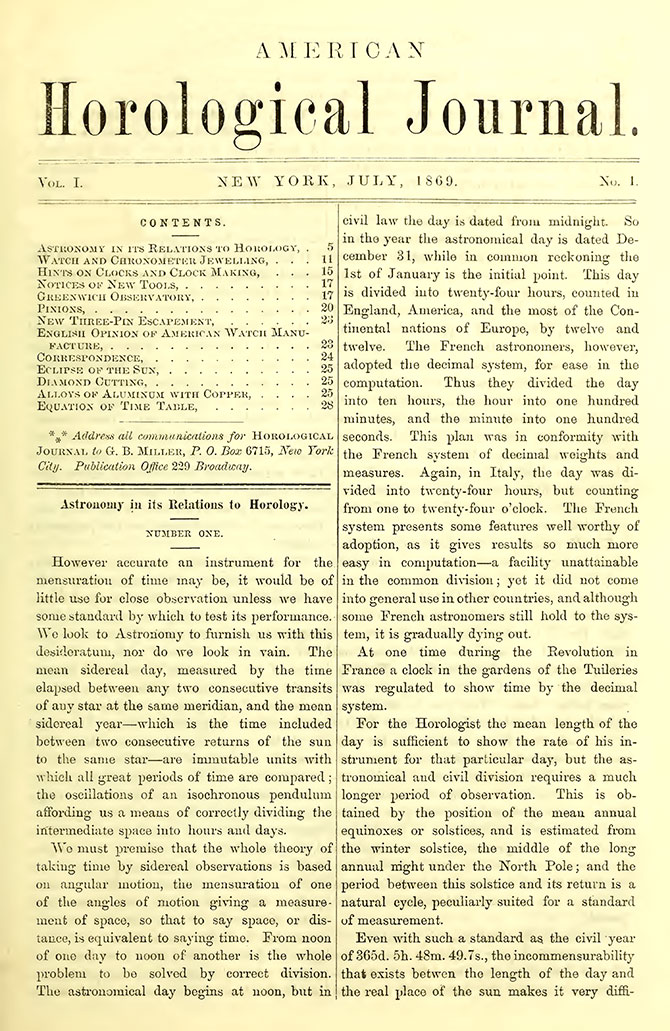 July 1869: G.B. Miller founds the American Horological Journal.
July 1869: G.B. Miller founds the American Horological Journal.
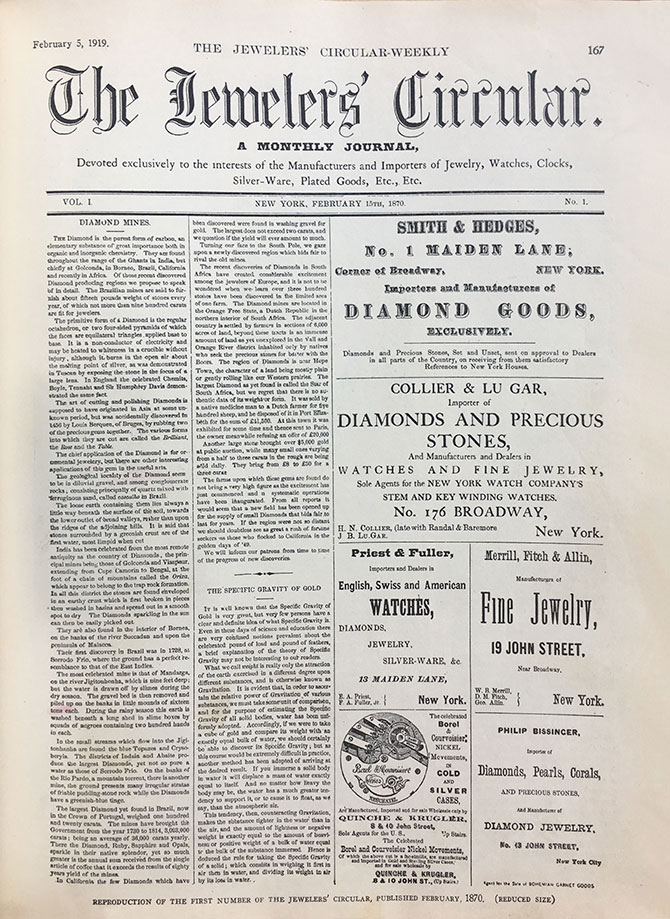 February 1870: Daniel H. Hopkinson founds The Jewelers’ Circular.
February 1870: Daniel H. Hopkinson founds The Jewelers’ Circular.
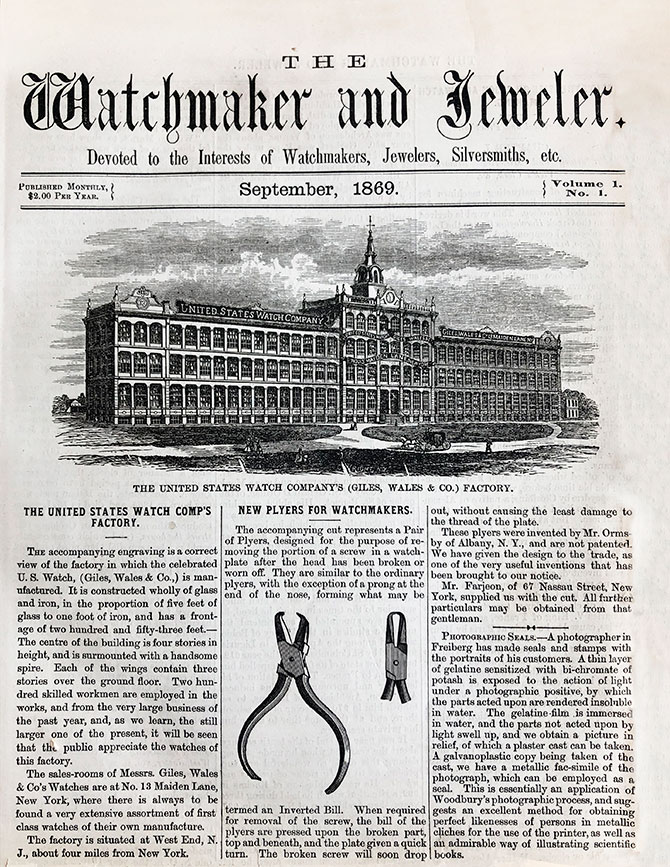 The Jewelers’ Circular eventually absorbs The Watchmaker and Jeweler (founded 1869), The Jeweller (1872), and the American Watchmakers, Jewelers, and Silversmiths Journal (1872).
The Jewelers’ Circular eventually absorbs The Watchmaker and Jeweler (founded 1869), The Jeweller (1872), and the American Watchmakers, Jewelers, and Silversmiths Journal (1872).
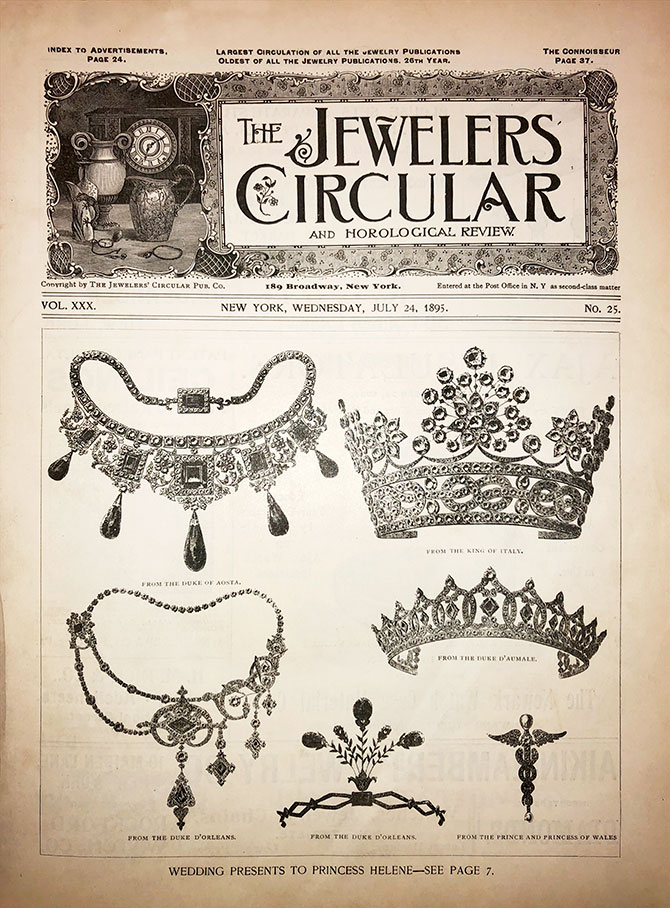 November 1873: The American Horological Journal and The Jewelers’ Circular merge, and in 1875, The Jewelers’ Circular is renamed The Jewelers’ Circular and Horological Review.
November 1873: The American Horological Journal and The Jewelers’ Circular merge, and in 1875, The Jewelers’ Circular is renamed The Jewelers’ Circular and Horological Review.
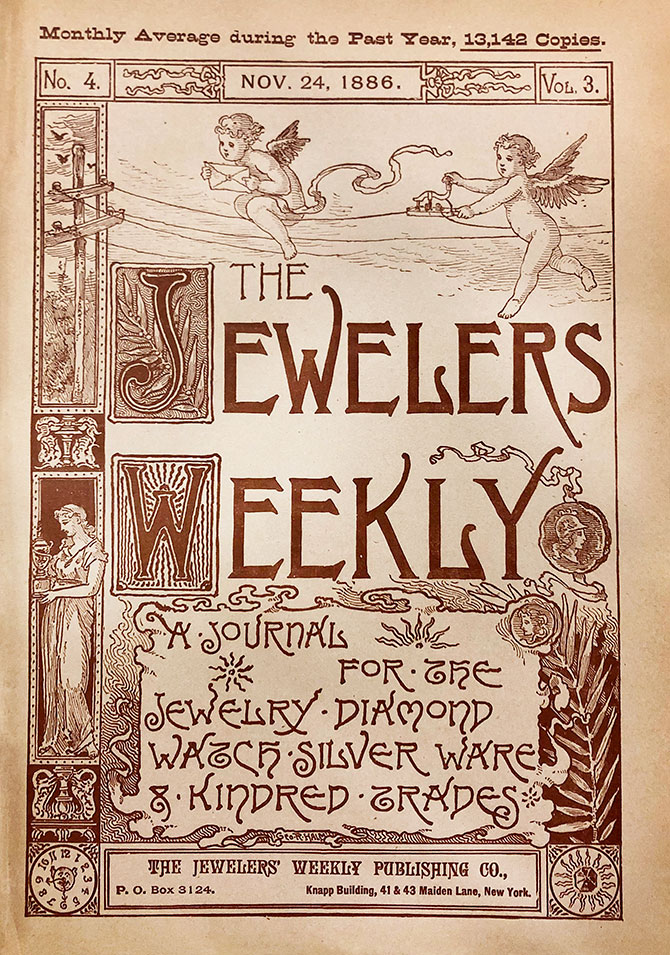 1885: The Jewelers’ Weekly is founded.
1885: The Jewelers’ Weekly is founded.
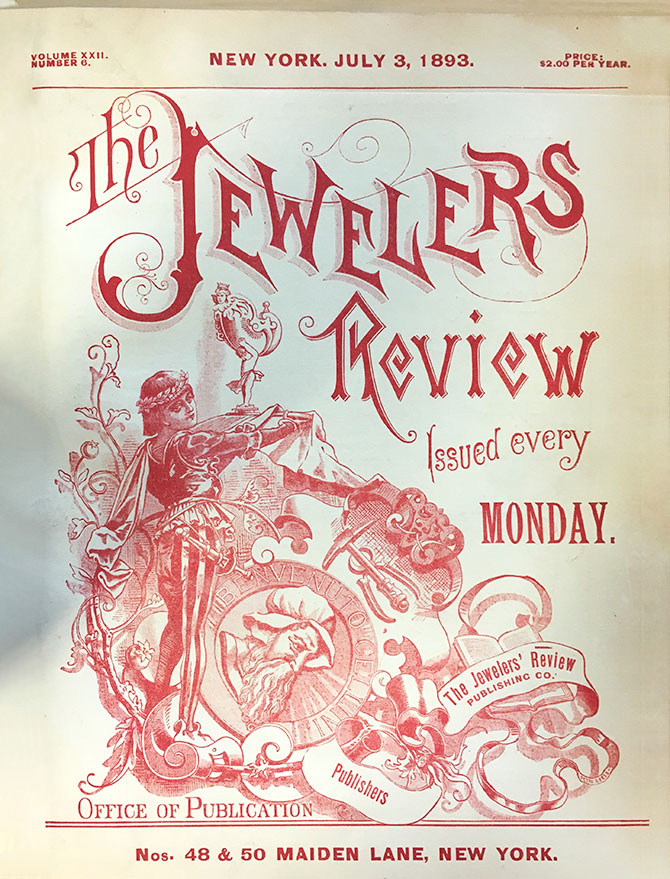 1887: The Jewelers’ Review is founded.
1887: The Jewelers’ Review is founded.
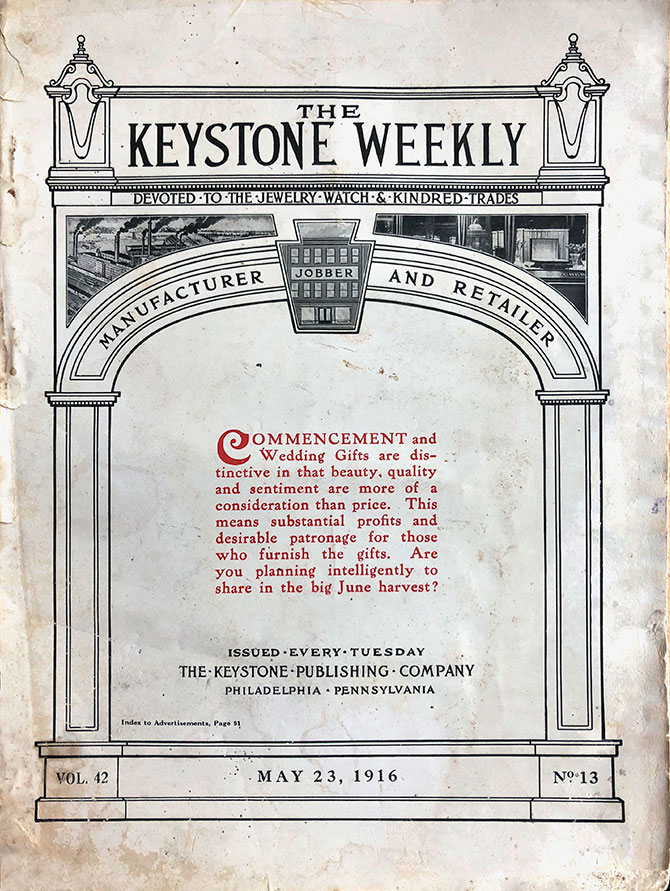 1887: The Keystone Weekly is founded. 1891: The Jewelers’ Circular becomes The Jewelers’ Circular-Weekly.
1887: The Keystone Weekly is founded. 1891: The Jewelers’ Circular becomes The Jewelers’ Circular-Weekly.
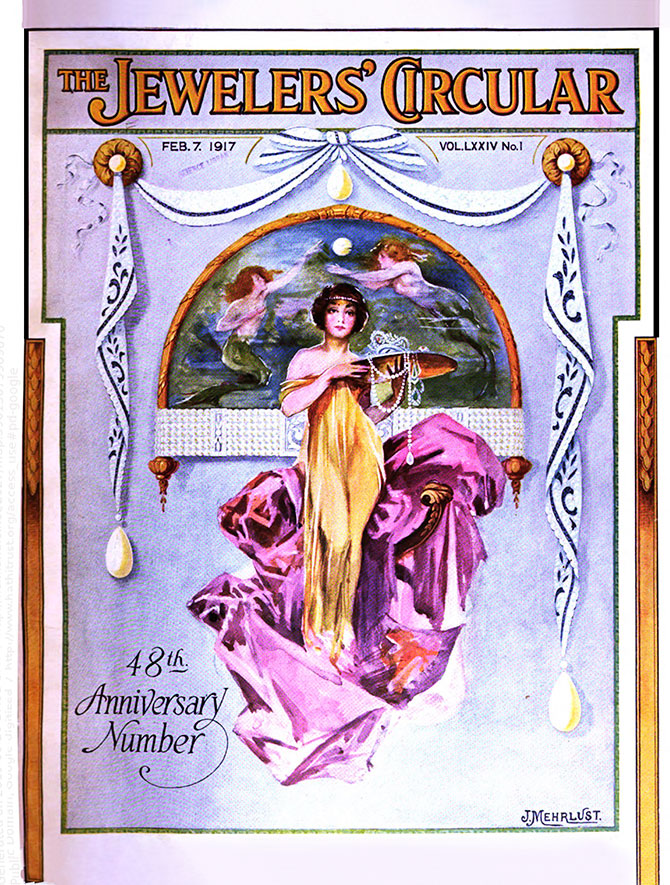 1900 & 1902: The Jewelers’ Circular Publishing Co. purchases The Jewelers’ Weekly and The Jewelers’ Review, respectively.
1900 & 1902: The Jewelers’ Circular Publishing Co. purchases The Jewelers’ Weekly and The Jewelers’ Review, respectively.
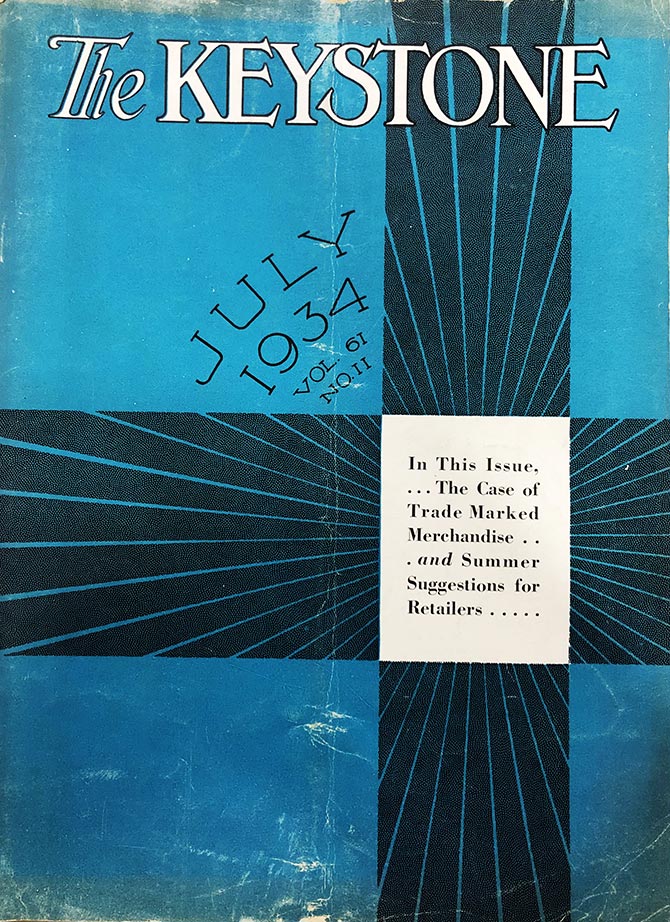 1917: The Keystone Weekly goes monthly and changes name to
1917: The Keystone Weekly goes monthly and changes name to
The Keystone.
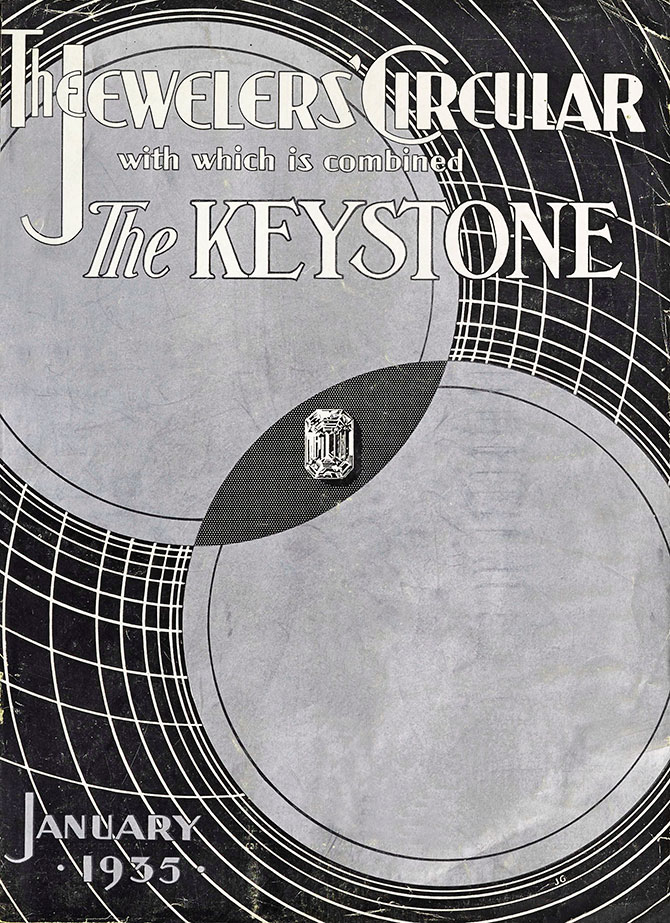 January 1935: The first combined issue of The Jewelers’ Circular-Keystone appears.
January 1935: The first combined issue of The Jewelers’ Circular-Keystone appears.
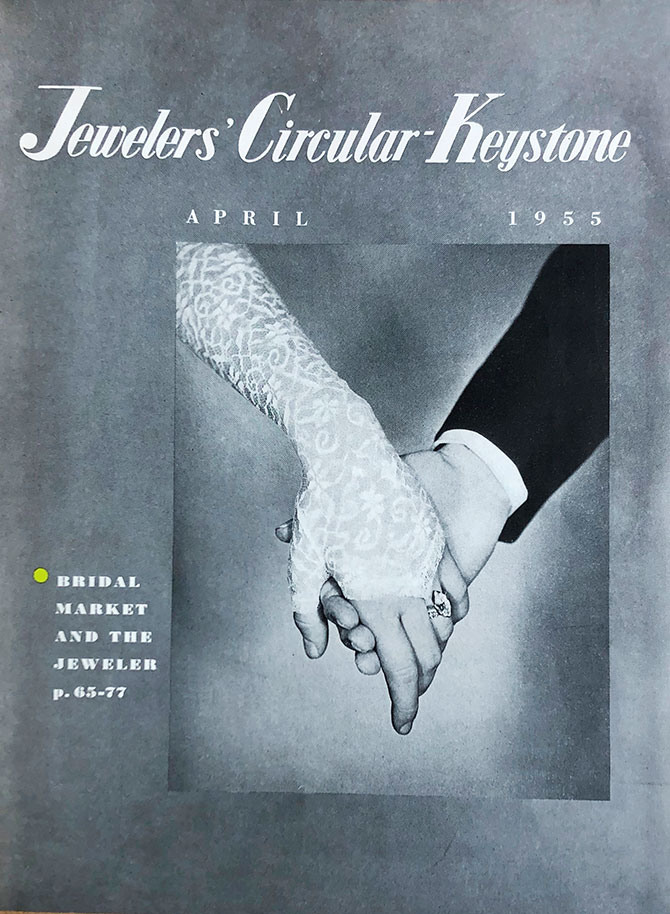 April 1955: First issue without The in the name is published.
April 1955: First issue without The in the name is published.
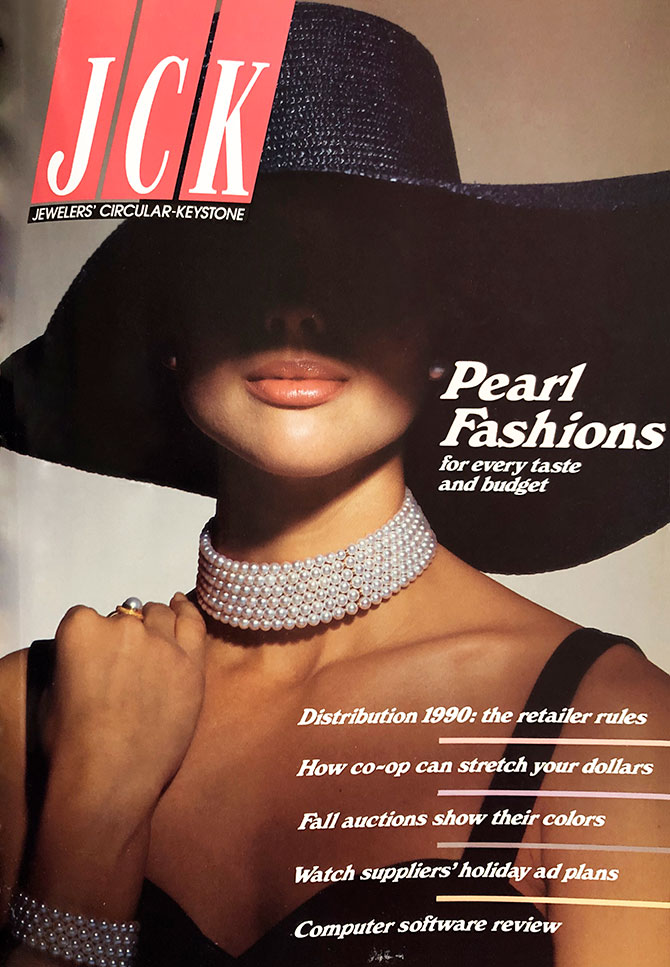 January 1990: The title—and logo—is shortened to JCK.
January 1990: The title—and logo—is shortened to JCK.